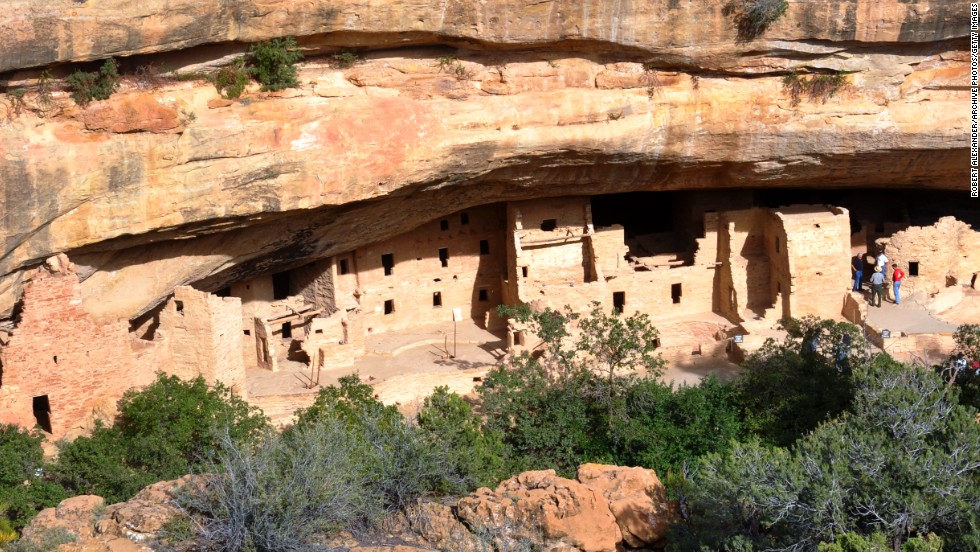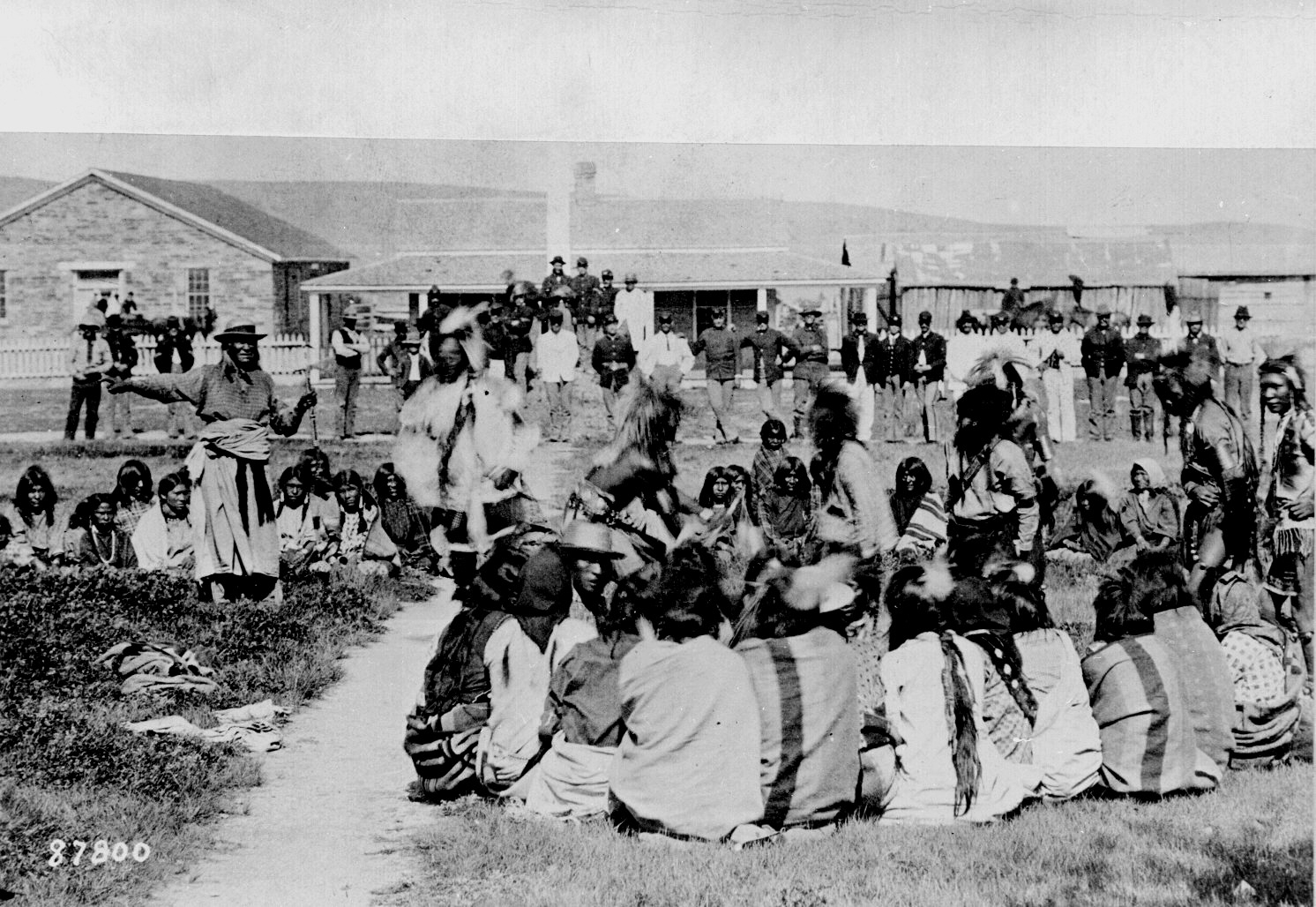Colorado’s Hidden Worlds: Exploring the State’s Native American Reservations
Colorado’s Hidden Worlds: Exploring the State’s Native American Reservations
Colorado, known for its majestic mountains, vibrant cities, and stunning natural beauty, also boasts a rich and vibrant Native American heritage. Scattered across the state are 11 federally recognized Native American reservations, each with its own unique history, culture, and traditions. These reservations, often overlooked by tourists, offer a glimpse into a world vastly different from the bustling cities and ski resorts that draw visitors to Colorado.
A Tapestry of Cultures
Related Articles: Colorado’s Hidden Worlds: Exploring the State’s Native American Reservations
- Unveiling the Hidden Gems of Native American Tribes in South Texas
- Unveiling the Largest Indian Tribes in Arizona: Discover Untold Stories and Indigenous Wisdom
- Unveiling Truths: Indian Reservations in the United States
- Where In The World Did They Go? Unpacking The Geography Of Native American Tribes
- Unveil Montana's Native Heritage: Explore the Enchanting Indian Reservations Map
Stepping onto a Colorado reservation is like stepping back in time, a journey into a world where ancestral traditions are cherished and passed down through generations. Each reservation is a microcosm of its own, with distinct languages, ceremonies, art forms, and stories that have been passed down for centuries.
The Southern Ute Indian Tribe: Located in the southwestern corner of Colorado, the Southern Ute Reservation is home to the Southern Ute Indian Tribe, a proud people with a deep connection to the land. Their ancestral territory stretches back centuries, and their culture is deeply intertwined with the natural world. The tribe is known for its stunning beadwork, intricate basket weaving, and vibrant dance traditions.
The Ute Mountain Ute Tribe: Just north of the Southern Ute Reservation lies the Ute Mountain Ute Reservation, home to the Ute Mountain Ute Tribe. This reservation is unique in its landscape, encompassing a vast expanse of rugged mesas and canyons. The Ute Mountain Ute Tribe is known for its skilled potters, weavers, and jewelers, whose artistry reflects the beauty and resilience of their people.
The Jicarilla Apache Nation: While not technically located in Colorado, the Jicarilla Apache Nation’s reservation extends into the state’s northern border. The tribe’s connection to the land is deep, and their culture is rich with traditional dances, storytelling, and ceremonies. The Jicarilla Apache Nation is known for its impressive beadwork, pottery, and silverwork.
The Ute Tribe: Further north, the Ute Tribe reservation stretches across the western slopes of the Rocky Mountains. The Ute Tribe, encompassing the various Ute bands, has a long and complex history in Colorado. They are known for their skilled hunters, warriors, and storytellers, and their culture is deeply connected to the land and its resources.
The Navajo Nation: The Navajo Nation, one of the largest Native American reservations in the United States, also extends into Colorado’s southwestern corner. The Navajo people are renowned for their exquisite weaving, pottery, and jewelry, and their culture is rich with traditional stories, songs, and dances.
Beyond the Tourist Trail
While many visitors to Colorado focus on the state’s iconic mountain peaks and bustling cities, exploring the state’s Native American reservations offers a unique and enriching experience. It’s a chance to connect with a rich cultural heritage, learn about the history of the land, and gain a deeper understanding of Colorado’s diverse tapestry.

A Call for Respect and Understanding
When visiting a Native American reservation, it’s essential to approach with respect and sensitivity. Remember that you are entering a community with its own customs, traditions, and beliefs. Take the time to learn about the tribe’s history, culture, and current issues. Be mindful of your words and actions, and avoid making assumptions or stereotypes.
Exploring the Reservations
Each reservation offers unique opportunities for visitors to learn and experience their culture. Here are a few ways to explore:
- Visit museums and cultural centers: Most reservations have museums or cultural centers that showcase the tribe’s history, art, and traditions. These institutions offer valuable insights into the tribe’s story, providing a deeper understanding of their culture and heritage.
- Attend powwows: Powwows are vibrant celebrations of Native American culture, featuring traditional dancing, drumming, singing, and storytelling. They offer a chance to experience the beauty and energy of Native American culture firsthand.
- Purchase artwork and crafts: Many reservations have craft shops and galleries where you can purchase beautiful and authentic Native American art and crafts. Supporting local artists helps preserve traditional skills and supports the tribe’s economy.
- Learn about the tribe’s history: Take the time to learn about the tribe’s history, including their struggles and triumphs. This knowledge will deepen your appreciation for their resilience and cultural richness.
- Respect the land: Many reservations are located in areas of natural beauty, and it’s important to respect the environment. Leave no trace, stay on designated trails, and avoid disturbing wildlife.


Beyond the Reservation:
The impact of Native American culture extends far beyond the boundaries of the reservations. The state’s landscape, wildlife, and even its culinary traditions bear the mark of indigenous knowledge and stewardship.
- Colorado’s Place Names: Many of Colorado’s place names, from mountains and rivers to towns and cities, are derived from Native American languages. These names offer a glimpse into the deep connection that Native Americans have with the land.
- Native American Cuisine: Traditional Native American cuisine, often featuring locally sourced ingredients and unique cooking techniques, is gaining popularity in Colorado. From frybread to Navajo tacos, these dishes offer a taste of indigenous culinary traditions.
- Environmental Stewardship: Native American communities have long been stewards of the land, understanding the delicate balance of nature. Their knowledge and practices offer valuable lessons for sustainable living in a changing world.
Preserving the Legacy
The Native American reservations in Colorado are not just geographical entities; they are vibrant cultural centers that hold a wealth of knowledge and traditions. By visiting these reservations, supporting local artists and businesses, and learning about their history, we can help preserve their legacy for future generations.
FAQs about Native American Reservations in Colorado:
Q: How many Native American reservations are there in Colorado?
A: There are 11 federally recognized Native American reservations in Colorado.
Q: Which tribes are represented in Colorado?
A: The tribes represented in Colorado include the Southern Ute Indian Tribe, the Ute Mountain Ute Tribe, the Jicarilla Apache Nation, and the Ute Tribe.
Q: Can I visit a reservation?
A: Most reservations welcome visitors and offer tours and cultural experiences. However, it’s essential to contact the tribe directly to inquire about visitation policies and obtain permission.
Q: What should I know before visiting a reservation?
A: Approach with respect and sensitivity, learn about the tribe’s customs and traditions, and be mindful of your words and actions.
Q: How can I support Native American communities in Colorado?
A: Visit reservations, purchase artwork and crafts from local artists, and learn about their history and culture.
Q: Are there any cultural events I can attend?
A: Many reservations host powwows and other cultural events throughout the year. Check with the tribe or local tourism offices for dates and details.
Q: How can I learn more about Native American history in Colorado?
A: Visit museums, cultural centers, and historical sites, and read books and articles about Native American history in the state.
Q: Is there a map of Native American reservations in Colorado?
A: Yes, you can find maps of Native American reservations in Colorado online or at local tourism offices.
Exploring the Native American reservations in Colorado is an opportunity to learn about the state’s rich history, culture, and people. It’s a chance to step outside the usual tourist itinerary and experience a world of vibrant traditions, captivating stories, and enduring spirit. By embracing the opportunity to learn, respect, and engage with these communities, we can contribute to the preservation of their legacy and build bridges of understanding between cultures.

Closure
Thus, we hope this article has provided valuable insights into Colorado’s Hidden Worlds: Exploring the State’s Native American Reservations. We thank you for taking the time to read this article. See you in our next article!